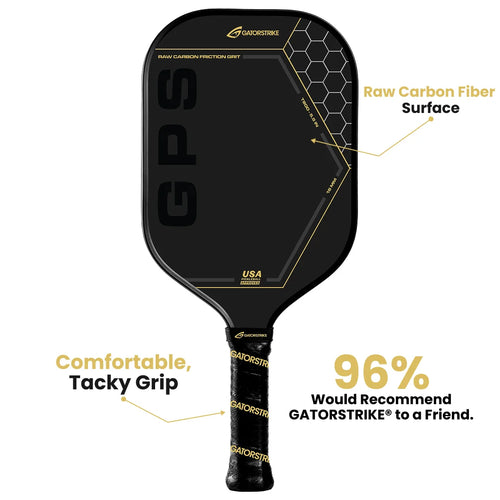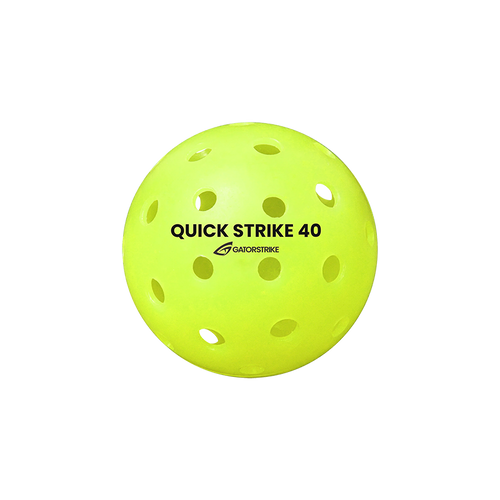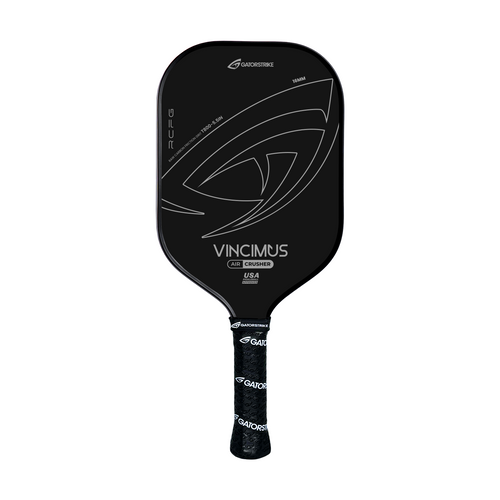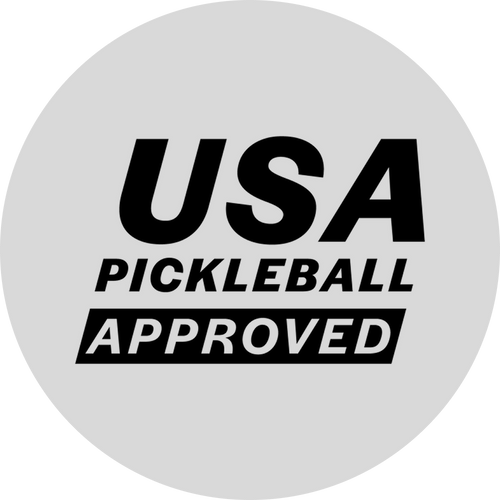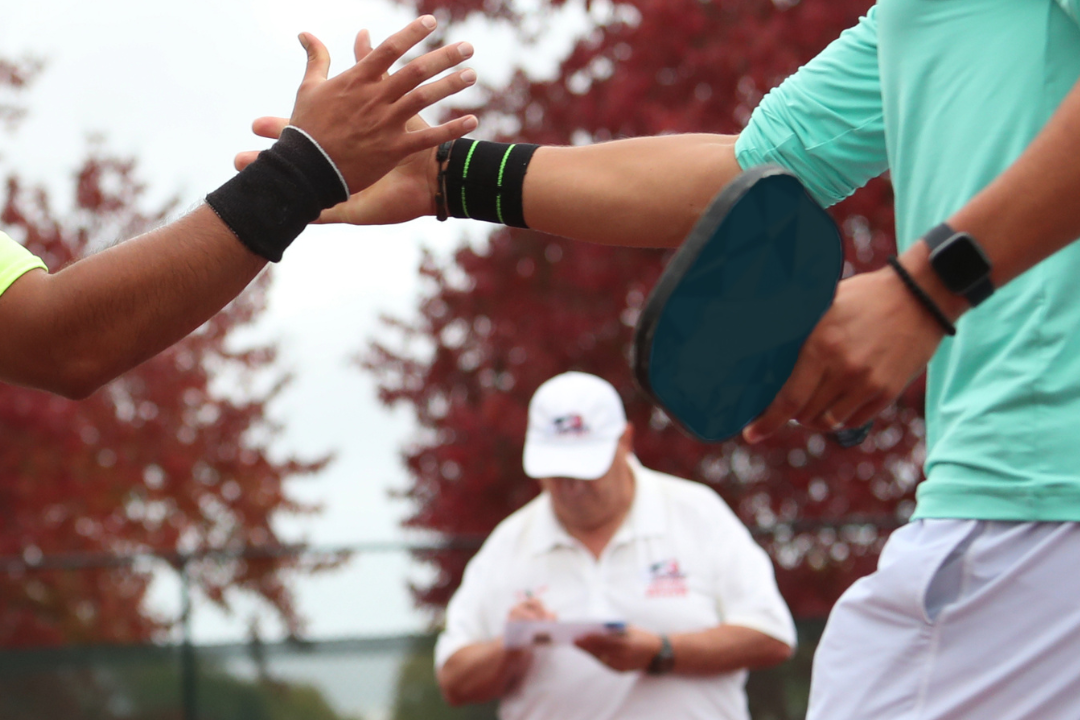
Pickleball Rules You Might Not Know
Share
Pickleball is a game rich in camaraderie and energy, with a set of rules that keeps the game fair and enjoyable. But some lesser-known rules often surprise new and seasoned players alike! Here’s a look at some quirky, often-overlooked rules that could impact your game.
1. Double-Bounce Rule
Unlike other racquet sports, pickleball mandates that the ball must bounce once on each side of the court before volleys are allowed. This double-bounce rule applies to both the serve and the return shot, adding an extra layer of strategy right from the start of each rally.
Why It Matters: This rule gives both teams a fair chance to establish their positioning. Once the double bounce occurs, players are free to volley or let the ball bounce, depending on their strategy.
2. The Kitchen: Not Just for Cooking!
Known formally as the Non-Volley Zone, the "kitchen" is a 7-foot area on both sides of the net where players cannot volley. Many players know that they can’t step into the kitchen to hit a ball in the air, but there’s a nuance: even if momentum carries you into the kitchen after a volley, it’s a fault.
Why It Matters: Kitchen faults are common among aggressive players rushing the net. Staying vigilant about foot placement can prevent accidental point losses.
3. Let Serves Are Legal
In pickleball, if a serve clips the net and still lands in the correct service area, it’s considered a valid serve, called a "let." Play continues without a re-serve, keeping the game fast-paced and unpredictable.
Why It Matters: Players used to tennis might pause for a let call, but in pickleball, staying alert for serves that might just skim the net is essential.
4. Calling Your Own Lines
Unlike many sports, pickleball places the responsibility of line calls on the players themselves. While this rule fosters a spirit of honesty and integrity, it also means you can only call the lines on your side of the court. If there's doubt, the benefit goes to the opposing team.
Why It Matters: Clear communication with your partner and a good eye for the ball’s trajectory can help ensure you’re making accurate calls, which can influence the outcome of close games.
5. No Spinning the Serve
Serving in pickleball must be performed underhand, and the paddle must contact the ball below the waist. However, there's a unique restriction on intentionally imparting spin with your hand as you toss.
Why It Matters: The no-spin rule ensures the serve remains accessible to all skill levels, balancing gameplay and discouraging trick serves that can be difficult for beginners to return.
6. Stacking Isn’t Just for Experts
Stacking is a formation strategy where players switch sides after each serve to maintain an advantageous position for both partners. While it’s mostly seen in competitive play, stacking is permissible and can benefit any doubles team if both players are comfortable with the tactic.
Why It Matters: Beginners often shy away from stacking, but it’s a fantastic way to leverage your team’s strengths and maintain the ideal positioning throughout the match.
7. No Jumping for Volleys
Unlike sports that encourage high-flying moves, pickleball forbids jumping when hitting a volley. You must keep at least one foot in contact with the ground during any volley shot.
Why It Matters: This rule prevents players from leveraging height to gain an unfair advantage, keeping volleys grounded and reinforcing the game’s emphasis on precision and control.
8. Alternate Scoring Variants
Although the standard game is played to 11 points (win by two), some tournaments or casual play settings modify this to games of 15 or 21. These variations often depend on available court time or event structure.
Why It Matters: Knowing alternative scoring options can help you adapt quickly if a game format changes, especially in recreational or tournament settings.
While the fundamentals of pickleball are straightforward, these lesser-known rules add depth to gameplay and make matches more engaging. Whether you’re aiming for a competitive edge or just want to play by the book, mastering these hidden rules will enrich your game experience and keep you on your toes.
